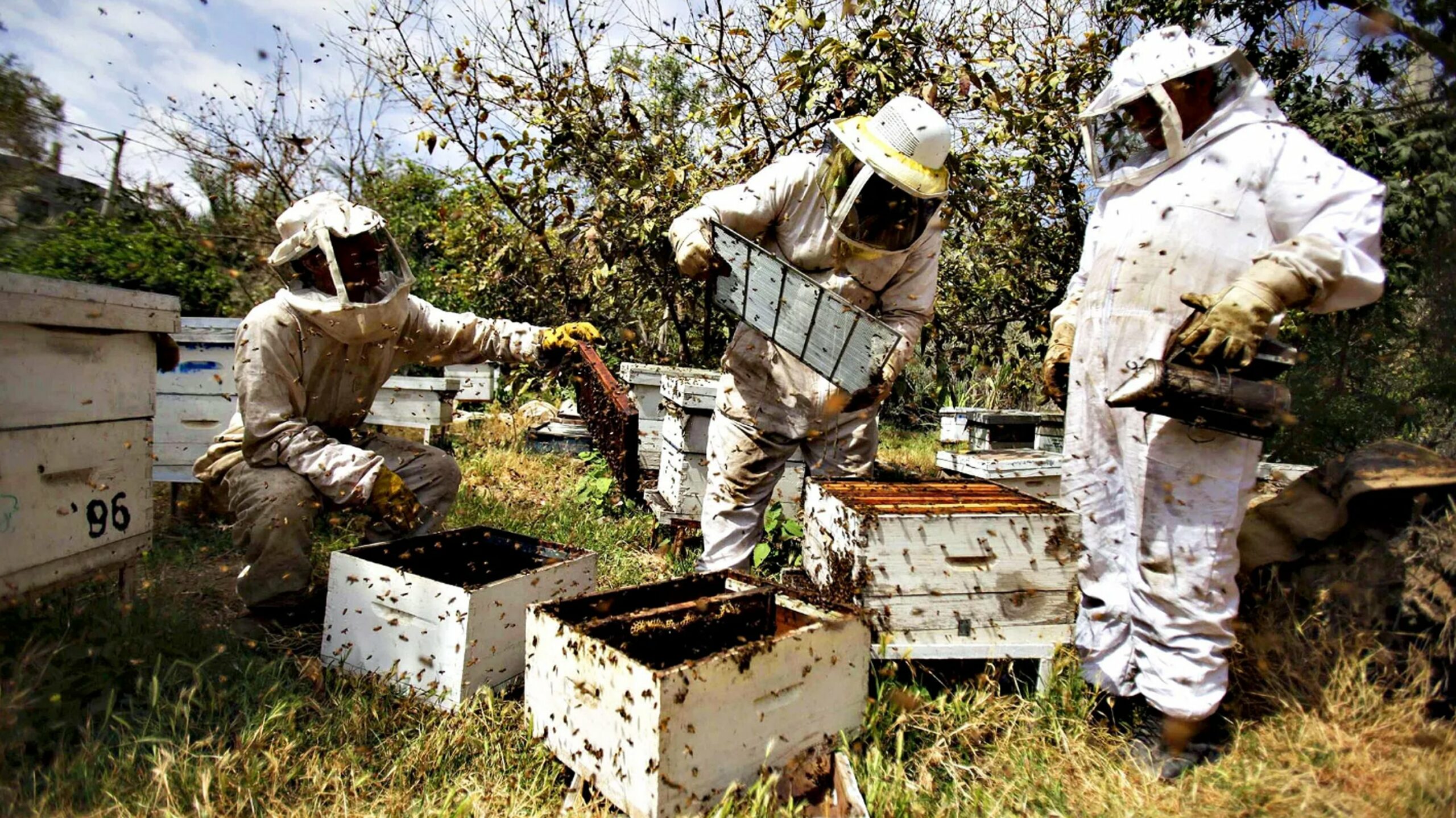Bee-pollinated crops contribute about a third of the human food. The global honey market is estimated to have hit $9.01 billion this year. Honey is a sweetener and a nutritious, healthy and natural food.
However, it can be scary to wake up one morning and find a colony of bees with about 40,000 insects, resting in your chimney, animal house, plumbing conduits or a tree. You can also be accosted by a cloud of bees over your compound.
The cause of fear is the fact that bees are known to sting moving creatures, leading to pain, inflammation and allergic reactions.
Recognising that the invasion means well will reduce panic and aid in positive exploitation of the resource.
Swarming occurs when a colony in a hive lacks space due to overproduction of bees and other materials such as honey, pollen and nectar. It takes place when flowers are blossoming and producing a lot of nectar and pollen.
The colony splits, with one portion being left behind and the other becoming a swarm.
Swarming is not spontaneous as worker bees make arrangements that include underfeeding the queen so that it stops laying eggs and loses weight in readiness for departure.
They also create cups to accommodate the queens that will replace the one that is to leave. The queen then lays eggs in the cups, which are sealed.
At this time the swarm is ready for departure, after which virgin queens will emerge from the cups. Before leaving, the bees also feed on enough honey to last them two to three days.
Swarming can be due to other causes like disease and pest invasion or other unfavourable conditions. In such cases, there is little time for prepare and the whole colony leaves. The bees are said to have absconded the hive.
While the ball size mass of bees is unnerving, they rarely attack. Bees attack to protect the queen, honey, combs and other valuables. The queen in a swarm is well protected by being surrounded by other bees. Stomachs of swarm bees are engorged with honey, making it difficult for them to bend the tail to sting.
What does one do with a swarm? Assess to know if the bees are there temporarily or they have settled in. If the bees were not there the previous day, chances are that it is a swarm.
The structure on which the bees settle can be an indicator of whether they are going to move on or settle down. If the mass of bees is hanging from a branch, they are likely to move on.
Movement is also likely if the bees settle in an area with a lot of activities.
Conditions that have been found favourable for bees to settle include cavities that are big enough to accommodate about 40lts, chimneys and other structures like hives.
If the situation is refugee status, let the bees be and ensure people and animals keep a distance.
If the bees are likely to move away but are a threat, look for assistance. One is advised not to get help from pest control agents as they are likely to kill the bees.
Help can come from a bee keeper in the vicinity. Chances are that the swarm is from a neighbour’s hive. A farmer might want to expand his apiary. However, farmers may not take that chance for fear of transferring diseases and pests to their land.
One can chase the bees using organic compounds like garlic, which is ground or blended and mixed with water. It is then sprayed on the swarm. Smoke too works. Note that the invasion can irritate the bees, making them attack. This should not be attempted unless one has put on be protective equipment.
Killing bees should be the last option and should only be done if they are a threat to human and or animal life. It can also be done if the bees have permanently established themselves in less accessible areas like ceilings.
This can be done by pest control agents. One can acquire their services from the internet.
A homemade remedy that kills bees is liquid soap. Mix a cup of the soap with five litres of water and spray the bees. An attack on bees is best carried out in the evening when they are inactive.
Dead bees and their materials should be buried or burnt as they are likely to attract pests.
The material can emit odour and attract other swarms. Seal or use screens to keep off future entry.
rivavet@yahoo.com




